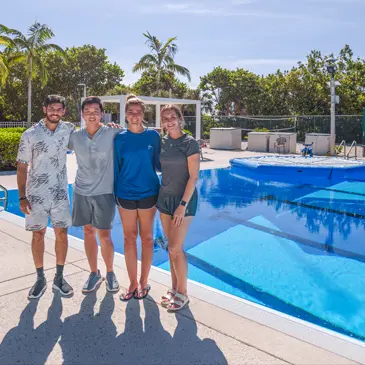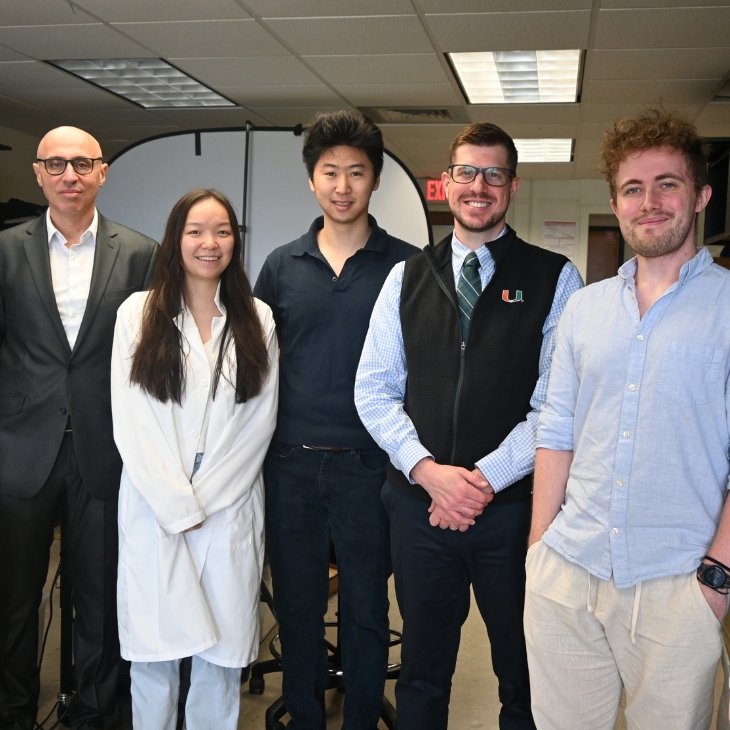Topic: Research Excellence
AI pioneer from NASA joins University of Miami as visiting professor
Jacqueline Le Moigne brings 35 years of experience in artificial intelligence and digital twins to the College of Arts and Sciences.
Setting the standard for more durable concrete
University of Miami College of Engineering’s Prannoy Suraneni advances new methods for evaluating construction materials and is honored as a RILEM Fellow.
Rocket Canes soar to new heights
The student-run Rocket Canes club at the University of Miami allows engineering students the chance to design, build, and launch rockets—turning classroom concepts into real-world experience.
Harnessing the power of the sun to ‘change the world’
A University of Miami College of Engineering researcher is tackling one of fusion energy’s toughest challenges: finding metals that can withstand the extreme conditions inside future commercial fusion reactors.
Tackling coral health from a new angle
A team of University of Miami students devised a removable engineering solution that could protect coral reefs from harmful ultraviolet rays in the hottest months of the year.
How Hurricane Melissa exploded into a monster
The Category 5 storm, which left a trail of destruction across the Caribbean, stunned forecasters and meteorologists, achieving extreme rapid intensification as well as a never-before-recorded wind speed near the ocean surface. University of Miami tropical cyclone experts explain how it happened.
Nanotechnology discovery offers new hope for pancreatic cancer
Sylvester Comprehensive Cancer Center and the University of Miami College of Engineering study unveils magnetoelectric nanoparticle (MENP) therapy for pancreatic cancer.
Flying into the heart of Melissa
Tropical cyclone scientist Jun Zhang has deployed drones into the potentially catastrophic Hurricane Melissa, aiding forecasters and amassing data that will help in future storm models.
Taking student learning to new heights
Across the University of Miami, faculty members like Daniel Serravite, a kinesiology lecturer, are bringing virtual and augmented reality tools into their classes to offer students a cutting-edge learning experience.
Taking student learning to new heights
Across the University of Miami, faculty members like Daniel Serravite, a kinesiology lecturer, are bringing virtual and augmented reality tools into their classes to offer students a cutting-edge learning experience.
From cow dung to the cosmos
A University of Miami aerospace engineering student explores how bovine waste—used to insulate homes in rural India—could help protect astronauts from harmful space radiation.
How AI is transforming academic research
Several University of Miami experts share how they use artificial intelligence in their work.























